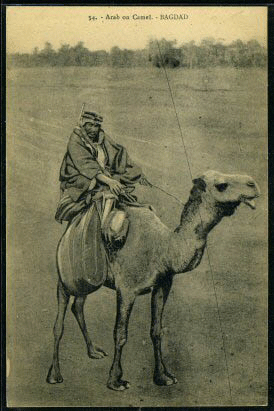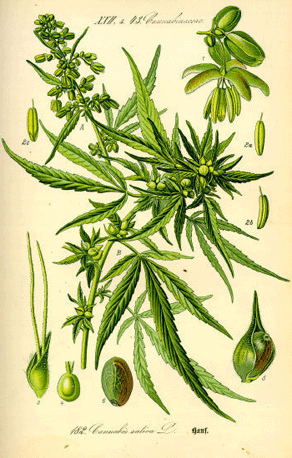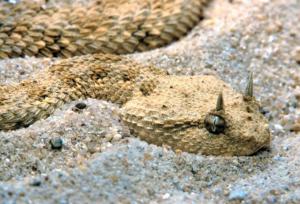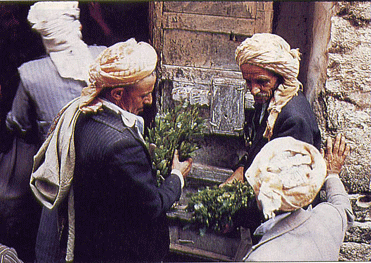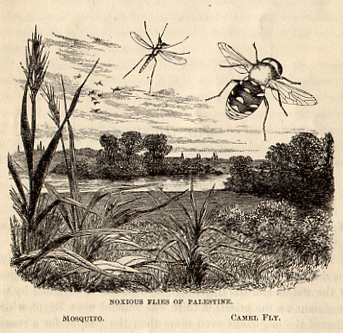
World’s First Camel-Milk Chocolates Going Global
Asharq Alawsat, July 22, 2009
DUBAI (Reuters) – Dubai’s Al Nassma, the world’s first brand of chocolate made with camels’ milk, is in talks to expand into new Arab markets, Europe, Japan and the United States, its general manager said Tuesday.
Martin Van Almsick said the United Arab Emirates company planned to enter Saudi Arabia first, followed by Bahrain, Qatar, Kuwait and the United States within the next few months.
Al Nassma is also in talks with British department store Harrods and San Francisco’s Chocolate Covered to sell its products.
Founded and owned by Dubai’s ruler Sheikh Mohammed bin Rashid al-Maktoum, Al Nassma was formally established in October last year and aims to produce 100 tons of premium camels’ milk chocolate a year. Continue reading Walk a Mile for a Chocolate Bar? →
